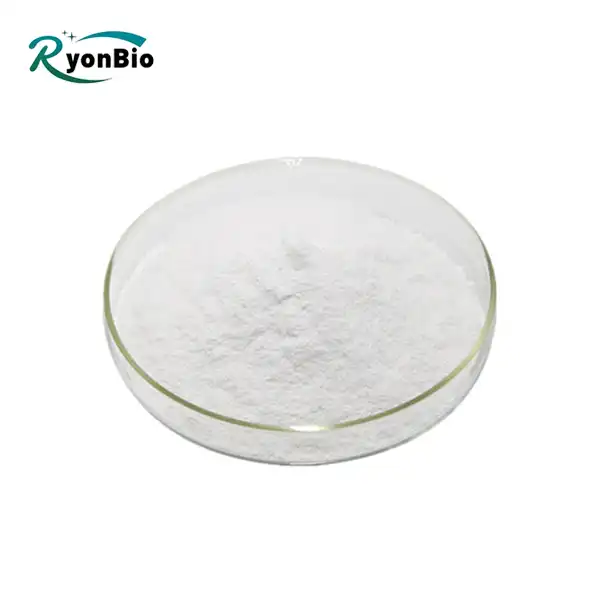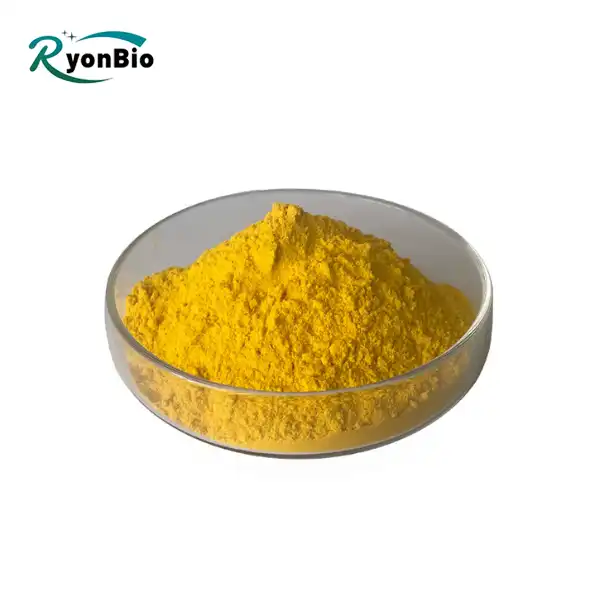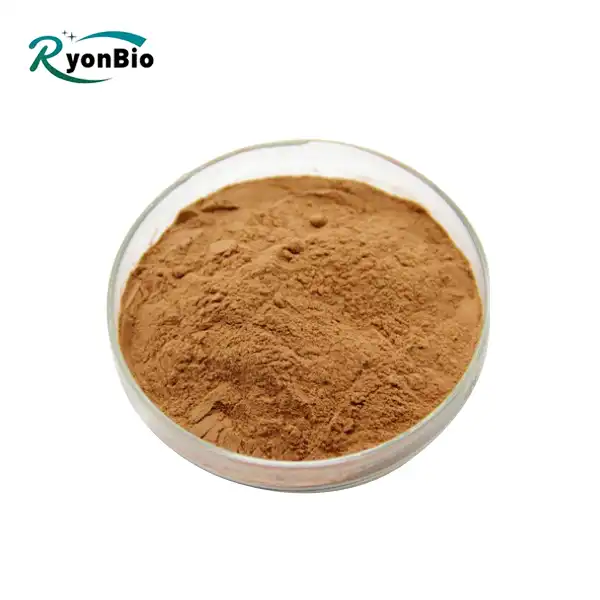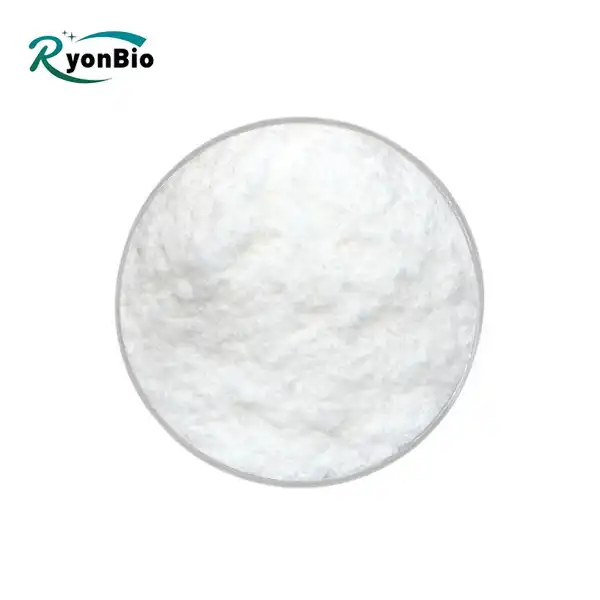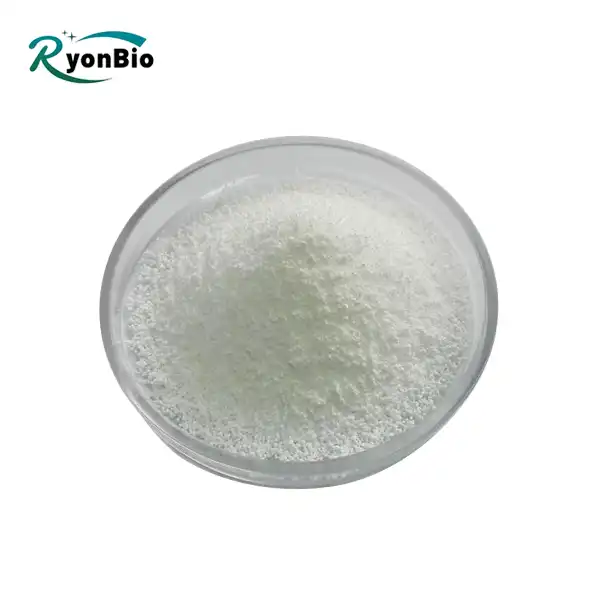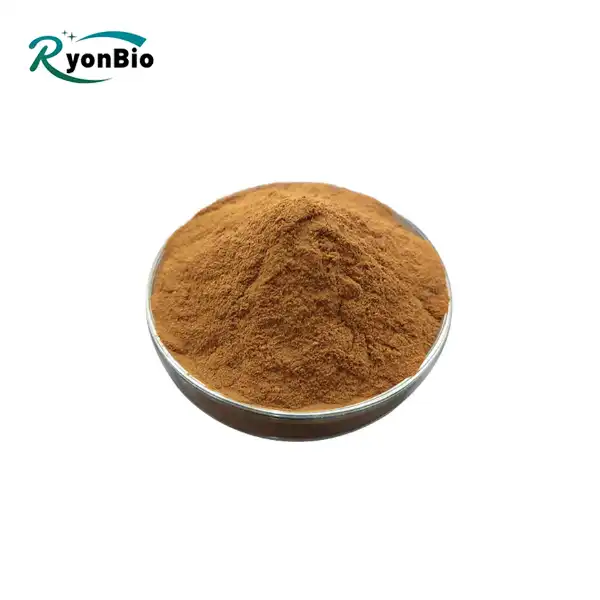How is natural pea protein powder processed?
In today's health-conscious world, many individuals are turning to plant-based protein supplements as part of their dietary regimen. Pea protein powder, derived from yellow peas, has gained significant popularity due to its nutritional benefits and suitability for various dietary preferences, including vegan and vegetarian lifestyles. In this comprehensive article, we delve into the intricate process of producing natural pea protein powder, shedding light on its journey from raw peas to the final powdered form.

Understanding the Raw Material:
The production of natural pea protein powder begins with the selection of high-quality yellow peas. These peas are cultivated specifically for their protein content and are typically sourced from regions known for their agricultural excellence. The peas undergo rigorous quality checks to ensure they meet the desired standards for purity and nutritional value. This initial step is crucial in guaranteeing the superior quality of the final product.
Sourcing:
Yellow peas used for pea protein powder production are typically sourced from reputable farms and suppliers. These peas are often grown using sustainable farming practices, without the use of synthetic pesticides or fertilizers. Sourcing from reliable suppliers ensures consistency in quality and purity, which are essential for producing a premium product.
Quality Assessment:
Before processing, the raw peas undergo rigorous quality assessment to ensure they meet predetermined standards. This assessment may include visual inspection, sampling, and testing for factors such as moisture content, protein concentration, and absence of contaminants. Only peas that meet the specified criteria proceed to the next stage of processing.
Certifications:
Many manufacturers prioritize certifications such as organic, non-GMO, and gluten-free to cater to consumers with specific dietary preferences and requirements. These certifications provide assurance to consumers regarding the quality and integrity of the raw material used in natural pea protein powder production.
Traceability:
Maintaining traceability throughout the supply chain is crucial for transparency and accountability. Manufacturers often trace the origin of the peas from farm to processing facility, documenting each step to ensure product safety and quality control. This traceability also enables swift identification and resolution of any issues that may arise during production.
Cleaning and Preprocessing:
Initial Cleaning: Upon arrival at the processing facility, the raw yellow peas undergo an initial cleaning process to remove any foreign matter, debris, or impurities. This step may involve passing the peas through vibrating screens, air classifiers, or gravity separators to separate out larger contaminants such as stones, sticks, and other foreign materials.
De-Stoning: Following the initial cleaning, the peas may undergo a de-stoning process to remove any stones or heavy objects that may have been missed during the initial cleaning stage. De-stoning equipment uses various techniques such as airflow and gravity to separate the peas from heavier particles.
Preconditioning: Once the peas are free from larger contaminants, they may undergo preconditioning to optimize their moisture content and improve processability. Preconditioning may involve steaming or soaking the peas to soften them, making them easier to dehull and mill in subsequent processing stages.
Dehulling: After preconditioning, the peas are dehulled to remove the outer fibrous hulls. Dehulling equipment utilizes mechanical abrasion or friction to separate the hulls from the inner seed, which contains the protein-rich material. Dehulling increases the protein concentration in the final product and improves its digestibility.
Final Cleaning: Following dehulling, the peas undergo a final cleaning process to remove any remaining hull fragments, dust, or fine particles. This thorough cleaning ensures the purity and safety of the natural pea protein powder by minimizing the presence of unwanted materials.

Protein Extraction:
Arrangement of Pea Flour:
After cleaning and preprocessing, the dehulled peas are ordinarily ground into a fine flour or powder. This pea flour serves as the beginning fabric for protein extraction.
Solvent Extraction:
The protein extraction prepare frequently starts with the utilize of a dissolvable, ordinarily water, to make a protein-rich arrangement. The pea flour is blended with water, and the blend is unsettled or blended to encourage the disintegration of proteins. Water acts as a dissolvable, permitting proteins to isolated from other components such as carbohydrates and fiber.
Separation Techniques:
Once the proteins have been solubilized in the water, different partition methods are utilized to confine the protein from the rest of the pea components. Common partition strategies incorporate centrifugation, filtration, and precipitation. These strategies offer assistance partitioned the protein arrangement from insoluble components, taking off behind a decontaminated protein extract.
Concentration:
After partition, the protein extricate may experience a concentration step to increment the protein substance assist. This can be accomplished through strategies such as ultrafiltration or dissipation, where water is evacuated from the arrangement, taking off behind a more concentrated protein solution.
Purification:
The concentrated protein arrangement may experience extra refinement steps to evacuate any remaining pollutions, such as fats, sugars, and other non-protein components. Refinement procedures may incorporate chromatography, particle trade, or diafiltration, depending on the craved level of purity.
Drying:
Once the protein arrangement has been decontaminated and concentrated, it is regularly dried to expel the remaining water and make a powdered frame of natural pea protein powder. Drying strategies may incorporate splash drying, drum drying, or solidify drying, which offer assistance protect the protein's keenness and dietary quality.

Purification and Concentration:
Beginning Purification:
After protein extraction, the unrefined protein arrangement may contain different debasements, counting fats, carbohydrates, strands, and other non-protein compounds. The introductory refinement prepare includes expelling these debasements to disconnect the protein division. Common strategies utilized for introductory filtration incorporate filtration, centrifugation, and precipitation.
Ultrafiltration:
Ultrafiltration is a key strategy for concentrating and filtering natural pea protein powder. In this prepare, the protein arrangement is passed through a semi-permeable layer that specifically permits littler particles, such as water and particles, to pass through whereas holding bigger protein atoms. By altering the weight and pore estimate of the film, proteins can be concentrated whereas evacuating littler impurities.
Diafiltration:
Diafiltration is regularly utilized in conjunction with ultrafiltration to advance filter the protein arrangement. In diafiltration, water or a buffer arrangement is persistently included to the protein arrangement whereas at the same time expelling abundance water and littler debasements through the semi-permeable layer. This prepare makes a difference to successfully wash out remaining pollutions and accomplish a higher level of protein purity.
Chromatography:
Chromatography methods, such as particle trade chromatography or estimate avoidance chromatography, may be utilized for extra decontamination and division of particular protein divisions. These strategies utilize contrasts in the charge, measure, or fondness of proteins to partitioned them from other components in the arrangement, coming about in a more refined and decontaminated protein product.
Concentration:
Following decontamination, the protein arrangement may experience advance concentration to increment the protein substance. Concentration can be accomplished through strategies such as vanishing, where water is expelled from the arrangement beneath controlled conditions, or by utilizing membrane-based forms like ultrafiltration as said prior. Concentrating the protein arrangement makes a difference to maximize the protein substance whereas lessening the volume of the last product.
Drying:
Once the protein arrangement has been filtered and concentrated, it is ordinarily dried to make a powdered shape of pea protein. Drying strategies such as splash drying, drum drying, or solidify drying are utilized to expel the remaining dampness from the protein arrangement whereas protecting its dietary quality and utilitarian properties.
Drying and Powdering:
Once the protein extract is purified and concentrated, it undergoes drying to remove excess moisture and stabilize the protein molecules. This is typically achieved through processes such as spray drying or freeze drying, which preserve the integrity of the proteins while transforming the extract into a powdered form. The resulting natural pea protein powder is fine, free-flowing, and easy to incorporate into various food and beverage applications, making it a versatile choice for consumers seeking plant-based protein sources.
Packaging and Quality Control:
The final step in the production process involves packaging the pea protein powder into consumer-friendly formats such as bags or containers. Stringent quality control measures are implemented throughout this stage to ensure that the product meets regulatory standards and exceeds customer expectations. This includes testing for factors such as protein content, microbiological safety, and sensory attributes to guarantee the purity, freshness, and nutritional value of the pea protein powder.If you want to purchase this product, please contact us at kiyo@xarbkj.com.

Conclusion:
In conclusion, the production of natural pea protein powder is a sophisticated process that involves meticulous attention to detail and adherence to stringent quality standards. From the careful selection of raw peas to the final packaging of the powdered product, every stage is conducted with precision to deliver a superior-quality protein supplement to consumers worldwide. By understanding the intricacies of this process, consumers can make informed choices about incorporating pea protein powder into their dietary routines, reaping the numerous health benefits it has to offer.
